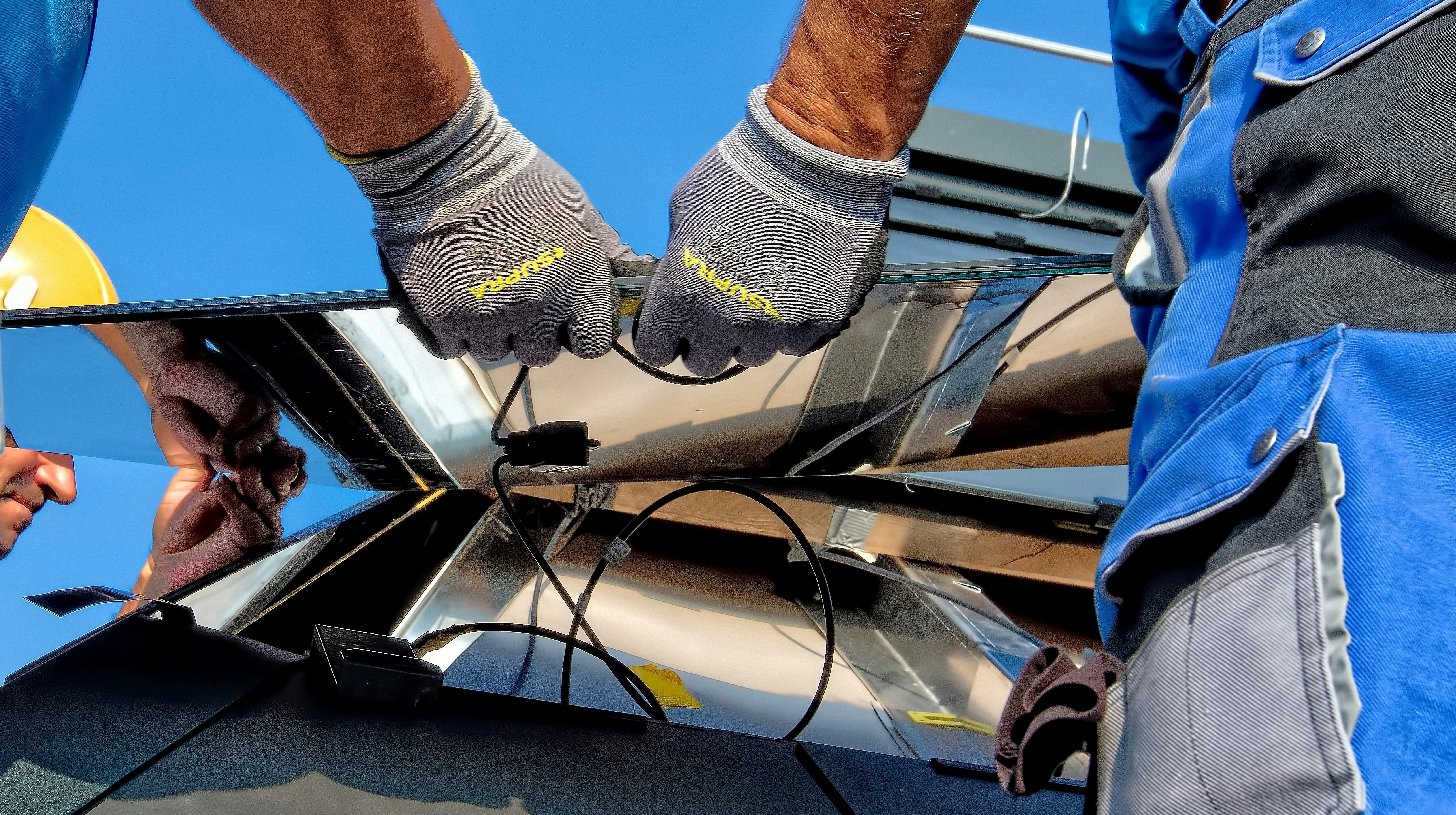Today, Friday, August 15, the Department of the Treasury released new beginning-of-construction guidance for wind and solar projects in response to President Trump’s July executive order. IRS Notice 2025-42 restricts methods of proving beginning-of-construction for projects looking to qualify for clean energy tax credits, with new rules taking effect September 2.
For developers looking to take advantage of ITC (48E) or PTC (45Y) ahead of their phase out from the One, Big, Beautiful Bill Act (OBBBA), understanding these changes is critical.
5% Safe Harbor Is Out
The notice eliminates a long-used method for establishing beginning of construction: the 5% spend test, which treats construction as begun in the year at least 5% of total project costs were incurred. This test allowed developers to lock in eligibility by placing large module or equipment orders– especially attractive post-OBBBA, since projects beginning before July 4, 2026 can qualify for ITC and PTC even after the 2027 phase-out.
Under the new guidance, the only way to qualify is via the physical work test. This can be met through:
- On-site work — “breaking ground activities” like excavation, foundation pouring, and racking installation.
- Off-site work — manufacturing project-specific components like custom transformers under a binding written contract and with manufacturing begun before the deadline. Merely placing an order without starting production does not count.
The 5% safe harbor was popular because it was a simple, quantifiable bar; the physical work test is more qualitative, requiring “physical work of a significant nature” with no set spend threshold. We broke down what that means in our safe harbor guide, but this test is more subjective (which increases risk under the current administration).
However, there’s an important carve-out: solar projects under 1.5 MW can continue to qualify through 5% spend. The notice narrowly defines these smaller projects to prevent developers from splitting up larger projects to qualify.
The Fine Print
While largely reiterating the current guidance for the physical work test, the notice does provide a few examples of qualifying and non-qualifying activities:
YES:
- Excavation and foundation work
- On-site assembly of wind turbines
- Installation of solar racks
- Off-site manufacturing (started before deadline) of custom-built equipment
NO:
- Early stage development work, planning and surveys
- Site clearing and general preparation
- Orders of equipment normally held in inventory
The language in the new guidance was also that "significant work of a physical nature" needed to be "performed" rather than merely "begun," which has some in the industry fretting that the bar for amount of work completed could be raised higher. Per Keith Martin of Norton Rose Fulbright, word from Treasury is that they did not intend change the existing interpretation of the physical work test, but this language still introduces some interpretation risk.
In addition, the notice specifies if safe harbor equipment is sold to an unrelated party for an unrelated project, the physical work test activities by the seller do not carry over to the buyer.
Silver Linings
The rules are stricter than many expected — Treasury could have limited the 5% safe harbor to certain components rather than eliminating it outright, or raised it to a higher percentage. But there are positives:
- Not retroactive — work done to safe harbor projects this summer will still qualify.
- The four-year continuity safe harbor remains, meaning projects that begin under the physical work test before next July can still qualify for ITC and PTC well past 2027.






















